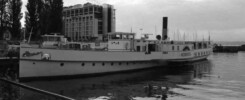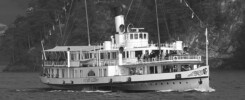
Wingfield Castle was built in 1934 off the same plans, and launched on the same day, as her identical sister Tattershall Castle by Hartlepool shipbuilder William Gray & Company on a site close to where Wingfield Castle is berthed today. They were the only paddle steamers built in the twentieth century by this company and have a different lay out and feel about them, as well as a different engine arrangement, from most other UK paddlers of a similar size of the period. They were joined in 1941 by a third quasi sister Lincoln Castle which had her engines and boiler the other way around and an engine room more closely resembling the majority of UK paddle steamers.
The three were designed for the year round Hull to New Holland ferry service with the ability to run some excursions during each summer to view the docks at Hull as well as run down river to Grimsby from where afternoon cruises were offered towards Spurn Head.
Tattershall Castle was withdrawn in 1972 and is now a restaurant and bar on the Thames. Wingfield Castle was withdrawn and replaced by the diesel-electric paddle driven ferry Farringford in the spring of 1974. After that she had a nomadic career with spells on the Thames, Medway, Brighton and Swansea before coming back home in 1986 to the site of the yard where she was built. During her annual survey in March 1978 a serious defect was discovered in Lincoln Castle’s boiler as a result of which she too was withdrawn. After a period as a restaurant in the shadow of the Humber Bridge she moved to Grimsby to become a pub and was scrapped in 2011. Farringford continued to operate the Humber ferry alone until June 1981 when the Humber Bridge opened and was scrapped in 1984.
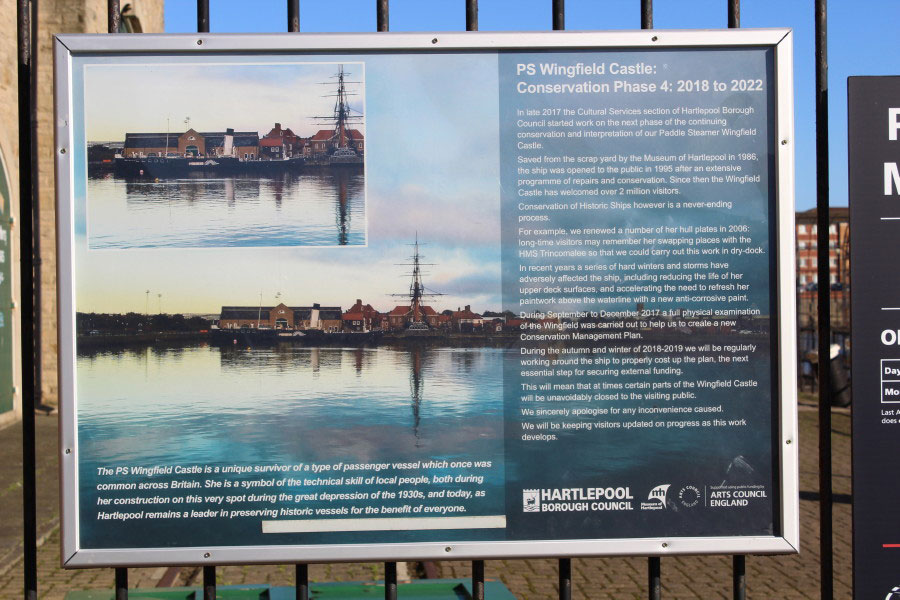
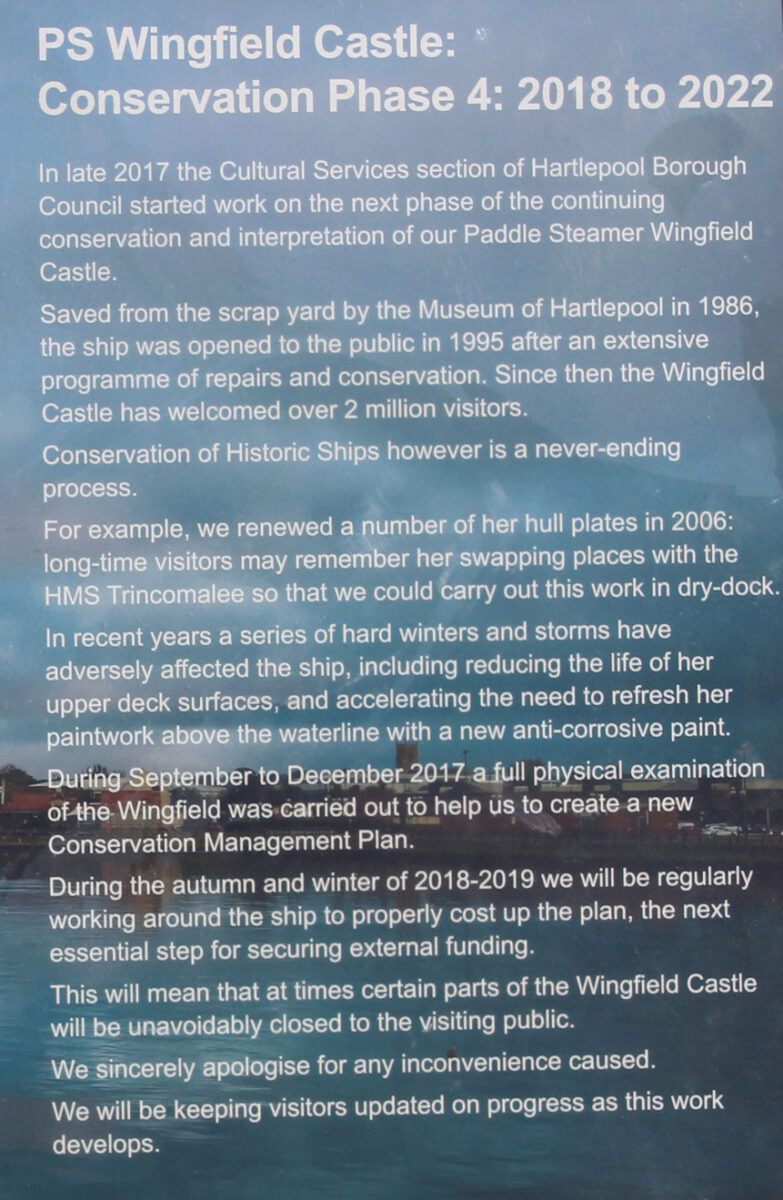
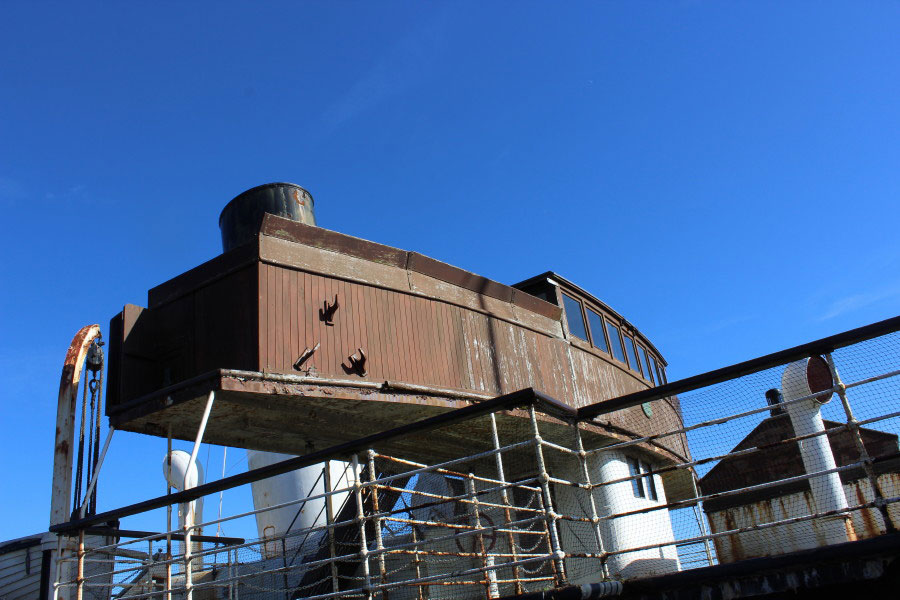
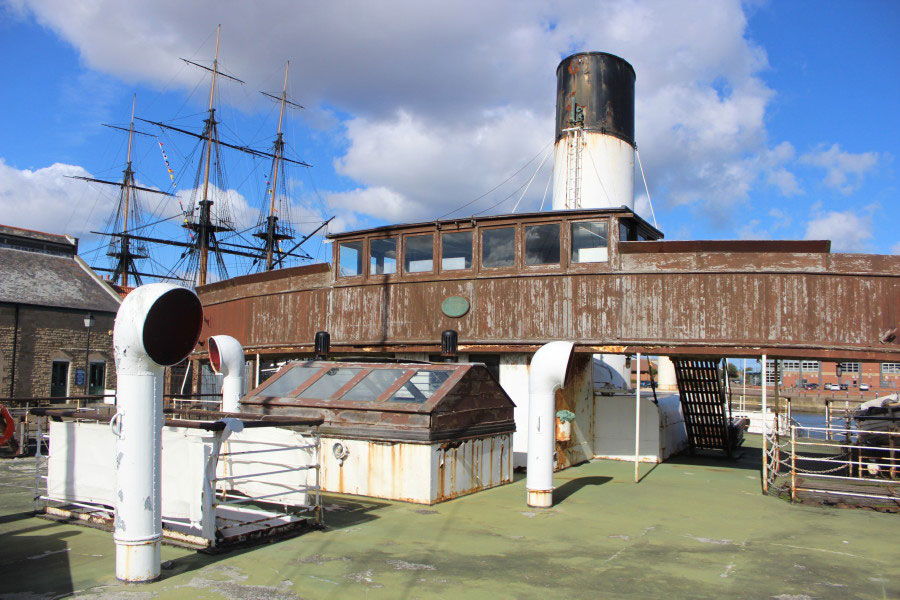
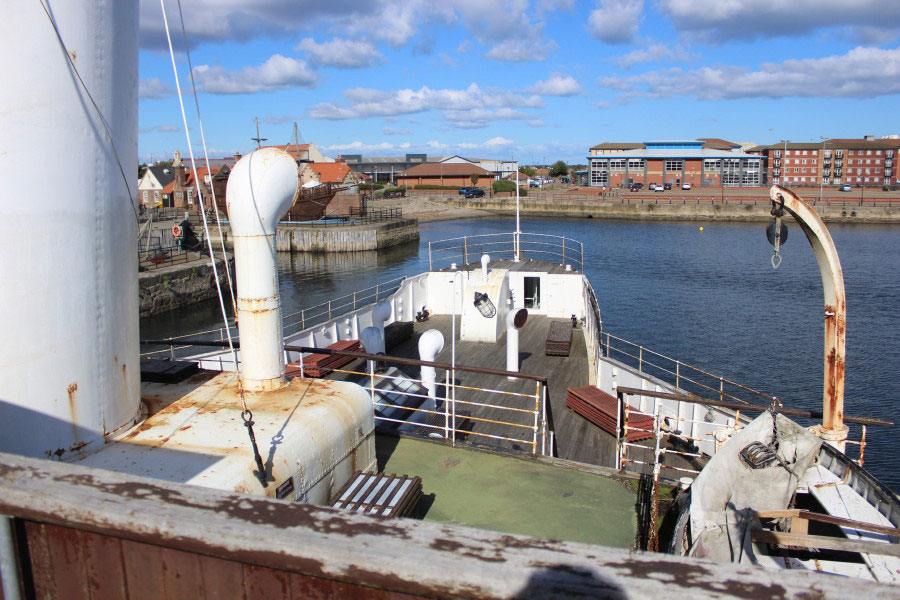
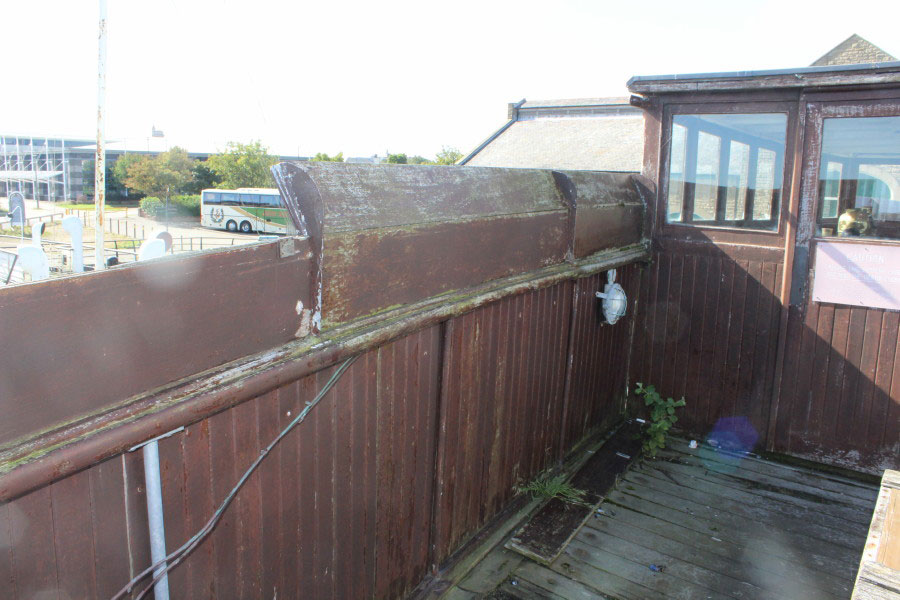
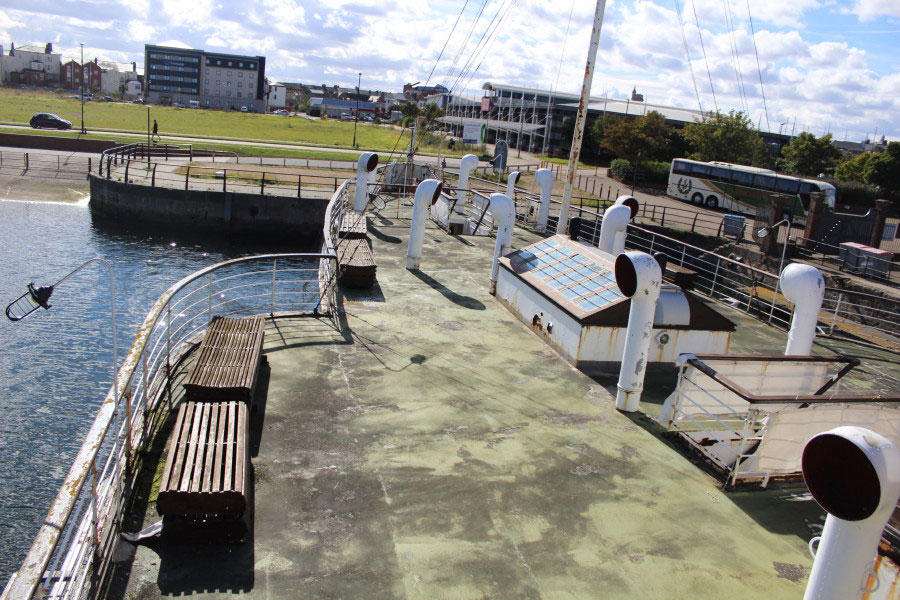
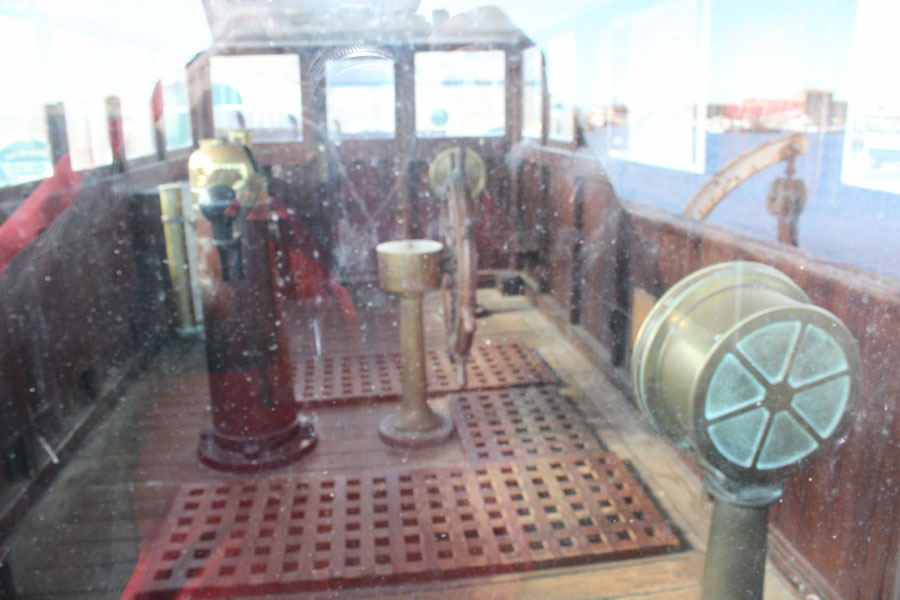
These three paddle steamers were the first anywhere in the UK to be fitted with radar. Tattershall Castle was first to have one installed in January 1948 at a cost of £3,000. This was a lot of money then which scaled up for inflation would be the equivalent of around £104k today. In those days the Humber was a very busy river made all the busier by the frequent presence of hundreds of trawlers coming and going or anchored up in fog. Captain Arthur Harvey, who was master on the ferries from 1953 to 1979, recalled that on one occasion no less than thirty four ships were counted up at anchor within a one mile radius on the radar.

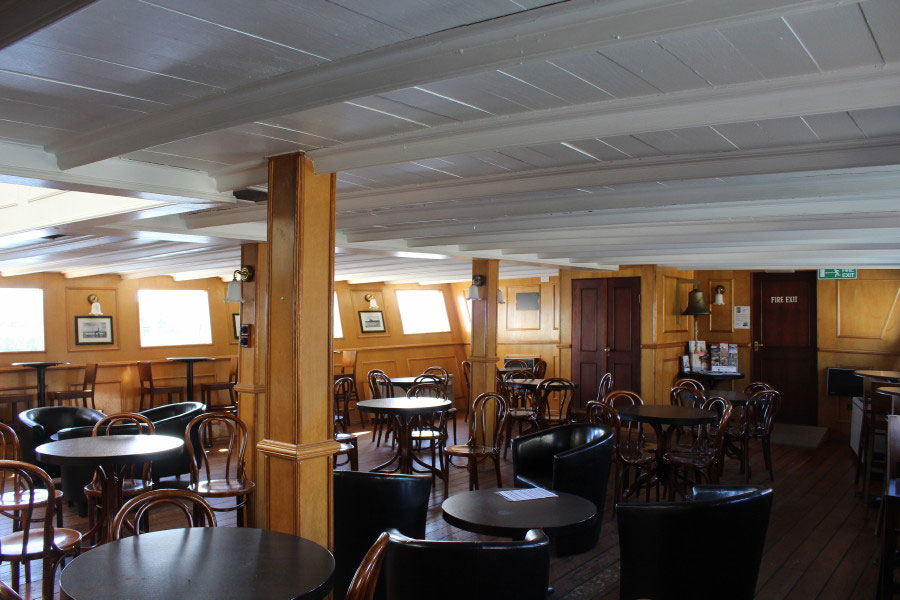
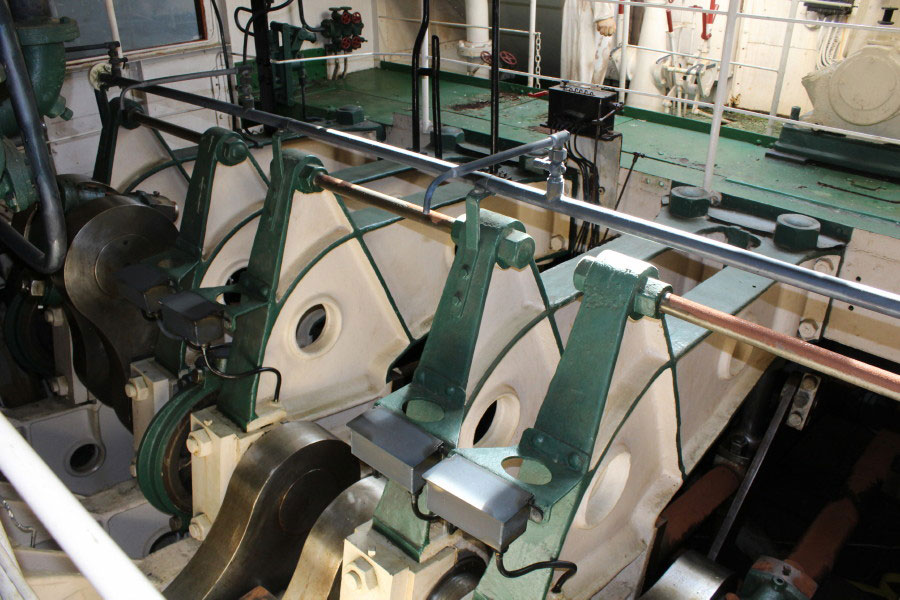
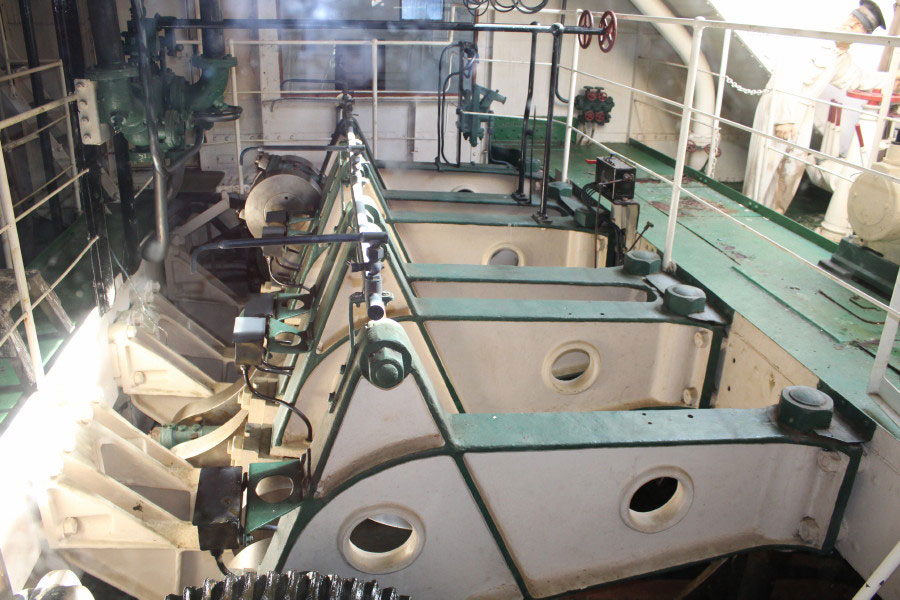
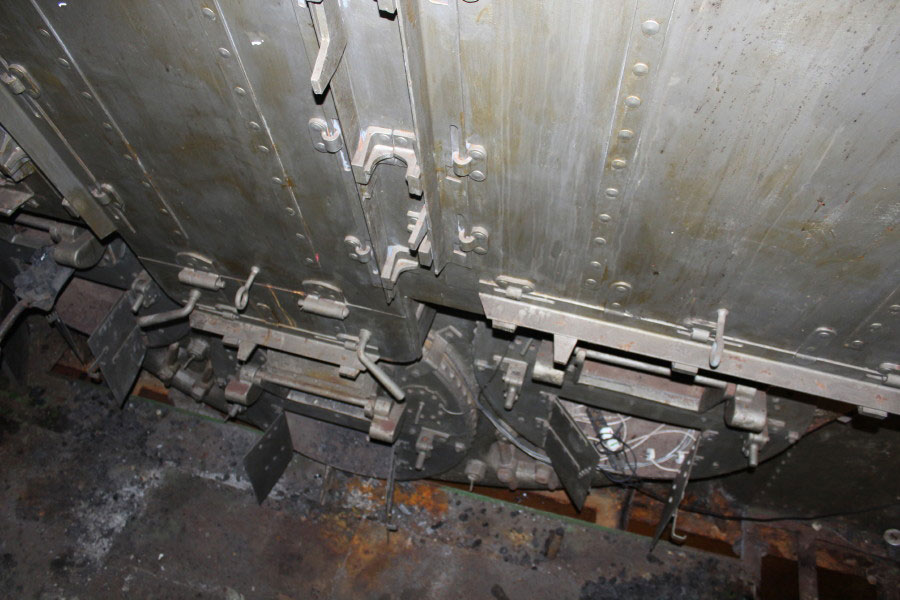
The plans of the ship show that she was designed to have an enclosed stokehold with forced draught to push air through the furnaces. However the stokehold is entirely open with firing depending on natural draught, with no full bulkhead between the engine and boiler rooms so that the top of the boiler is open to view from the engine room giving the engineer a visual sight of the gauge glasses from the manoeuvring platform. Remember that these three paddle steamers were designed for operating on categorised waters for which the design, construction and operational requirements were, and are today, less onerous than for voyages beyond these limits to sea. The Humber category D water limits (once called Partially Smooth Waters) extend in winter within a line from New Holland to Paull and in summer extend further down river to within a line from Cleethorpes Pier to Patrington Church.
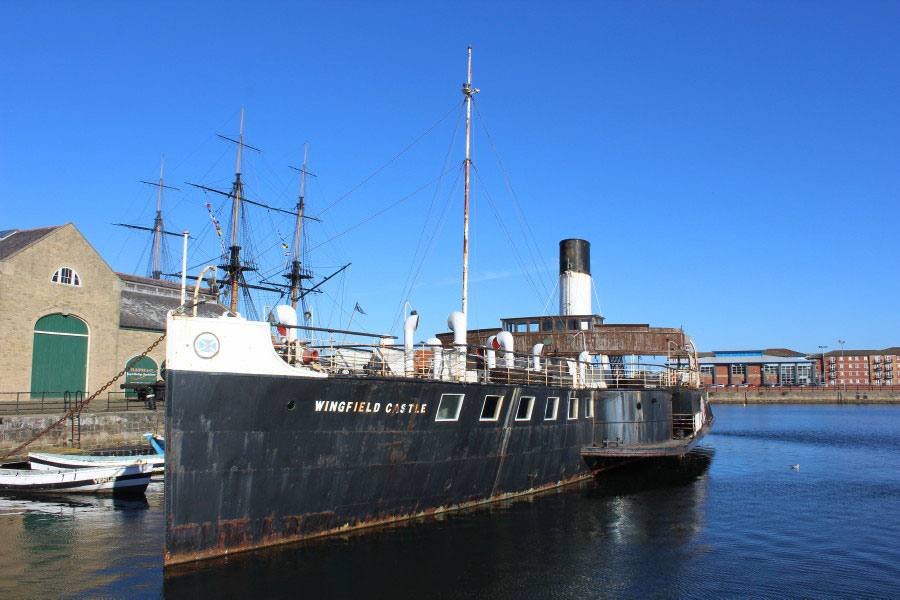
Kingswear Castle returned to service in 2023 after the first part of a major rebuild which is designed to set her up for the next 25 years running on the River Dart. The Paddle Steamer Kingswear Castle Trust is now fund raising for the second phase of the rebuild. You can read more about the rebuilds and how you can help if you can here.
John Megoran

